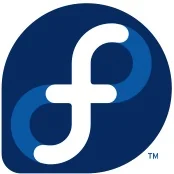Fedora 30 Is Approaching The Finish Line But First It Has Some Bugs To Address

Monday was the first of the Fedora 30 final blocker review for evaluating what issues could warrant delaying the official release. While Fedora has improved the past few cycles in delivering their releases more punctually -- in part thanks to having the built-in buffer / "rain days" as part of the schedule -- bugs come with the territory of shipping bleeding-edge packages.
This time around there are a number of blocker bugs on the graphics front around the GDM display/log-in manager, some Wayland to X11 fallback issues as part of that, system upgrades with modular content potentially running into snags, and GNOME Initial Setup crashing due to SELinux.
There is also potential blockers around the modesetting driver not working with some Intel hardware and the GNOME Initial Setup UI not appearing after rebooting from the installer. Those curious about the possible and accepted Fedora 30 blocker bugs can find them on qa.fedoraproject.org. There is also the meeting minutes from yesterday's blocker bug review.
If these issues are addressed in short order, Fedora 30 is set to be released on 30 April but otherwise could be delayed to at least 7 May.
At least when Fedora 30 does arrive, there are many changes in tow. There are a ton of updated packages, GNOME Shell 3.32 serves up the default workstation experience, Dbus-Broker is finally the default D-Bus implementation, there are now the Deepin and Pantheon desktop options, and much more.
24 Comments

